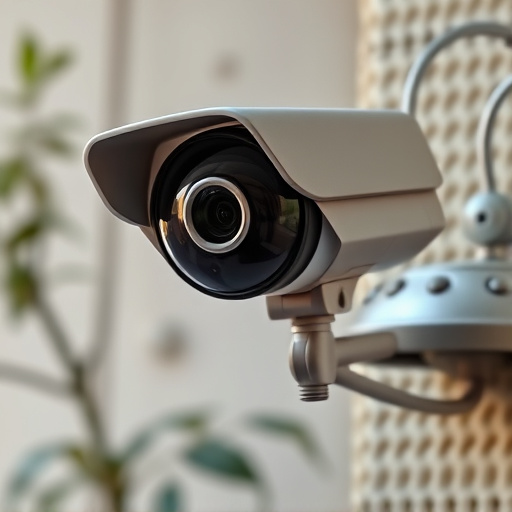Strategic placement of dummy camera red lights at eye level or slightly elevated is crucial for maximizing the psychological deterrent effect on intruders, even if actual cameras are not recording. Consider property layout to identify blind spots, place dummy cameras in visible locations aligning with entry points, maintain consistent lighting, and regularly test adjustments for optimal security without significant budget investment.
“Enhance your home or business security without breaking the bank with our comprehensive guide on dummy security camera mounting. Learn the art of ‘Understanding Dummy Camera Red Light Placement’ and discover best practices for optimizing surveillance. Avoid common mistakes when mounting security cameras to ensure maximum protection. Get ready to transform your space into a well-guarded fortress with this essential read.”
- Understanding Dummy Camera Red Light Placement
- Best Practices for Optimizing Security with Fake Cameras
- Common Mistakes to Avoid During Mounting Security Cameras
Understanding Dummy Camera Red Light Placement
Understanding Dummy Camera Red Light Placement
When setting up a fake security camera, one crucial element to consider is the placement of the dummy camera’s red light. This feature serves as a prominent deterrent for potential intruders by signaling the presence of an active surveillance system. The ideal position for the red light is typically around eye level or slightly elevated, mimicking the line of sight of an actual camera. This strategic placement ensures that anyone attempting to disable or tamper with the device will be quickly deterred by the visible indication of constant monitoring.
The dummy camera’s red light should be clearly visible from all angles without obstructing any portion of its lens. Proper positioning allows it to act as a psychological barrier, discouraging criminal activity even if the actual camera is not recording. Remember that consistency in maintaining this visual cue is key; ensure regular checks to keep the red light functioning and in the correct orientation for maximum effectiveness.
Best Practices for Optimizing Security with Fake Cameras
To optimize security using fake security cameras, follow best practices that leverage dummy camera red light placement strategically. Positioning red lights in key areas can mimic real camera coverage, deterring potential intruders as they navigate unfamiliar territories. This simple yet effective method is particularly useful for high-risk zones like entry points, parking lots, and perimeter fences.
When planning, consider the layout of your property, identifying blind spots that genuine cameras might miss. Place dummy cameras in these areas, ensuring their red lights are clearly visible to deter crime. Additionally, maintain consistent lighting levels to keep the simulation realistic. Regularly testing and adjusting the setup can help maintain the deterrent effect, making it a valuable tool for enhancing overall security without breaking the bank.
Common Mistakes to Avoid During Mounting Security Cameras
When mounting security cameras, avoiding common mistakes can significantly enhance their effectiveness and prevent potential blind spots. One frequent error is improper placement of dummy camera red lights. These lights serve as a crucial deterrent for would-be thieves, signaling that the area is under surveillance. Placing them too high or in obvious locations can reduce their impact, as criminals may ignore them if they can easily spot the camera. It’s essential to align the light’s field of view with potential entry points and vulnerable areas, ensuring it covers a wide angle but doesn’t draw unnecessary attention.
Another mistake is neglecting to consider line-of-sight obstructions. Ensure there are no trees, signs, or other structures that might block the camera’s view. Obstructions can create blind spots, rendering the camera useless during critical moments. Additionally, mounting too close to windows or glass doors may reflect the camera’s image, causing distortion and affecting its functionality. Proper spacing is key to ensuring clear and reliable footage.
When correctly implemented, dummy camera red light placement can significantly enhance security measures. By understanding the optimal mounting heights and best practices outlined in this guide, you can create an effective surveillance system using fake cameras. Remember to avoid common mistakes during installation for the best results. Incorporating these strategies into your security strategy ensures a robust and undetectable defense network.
